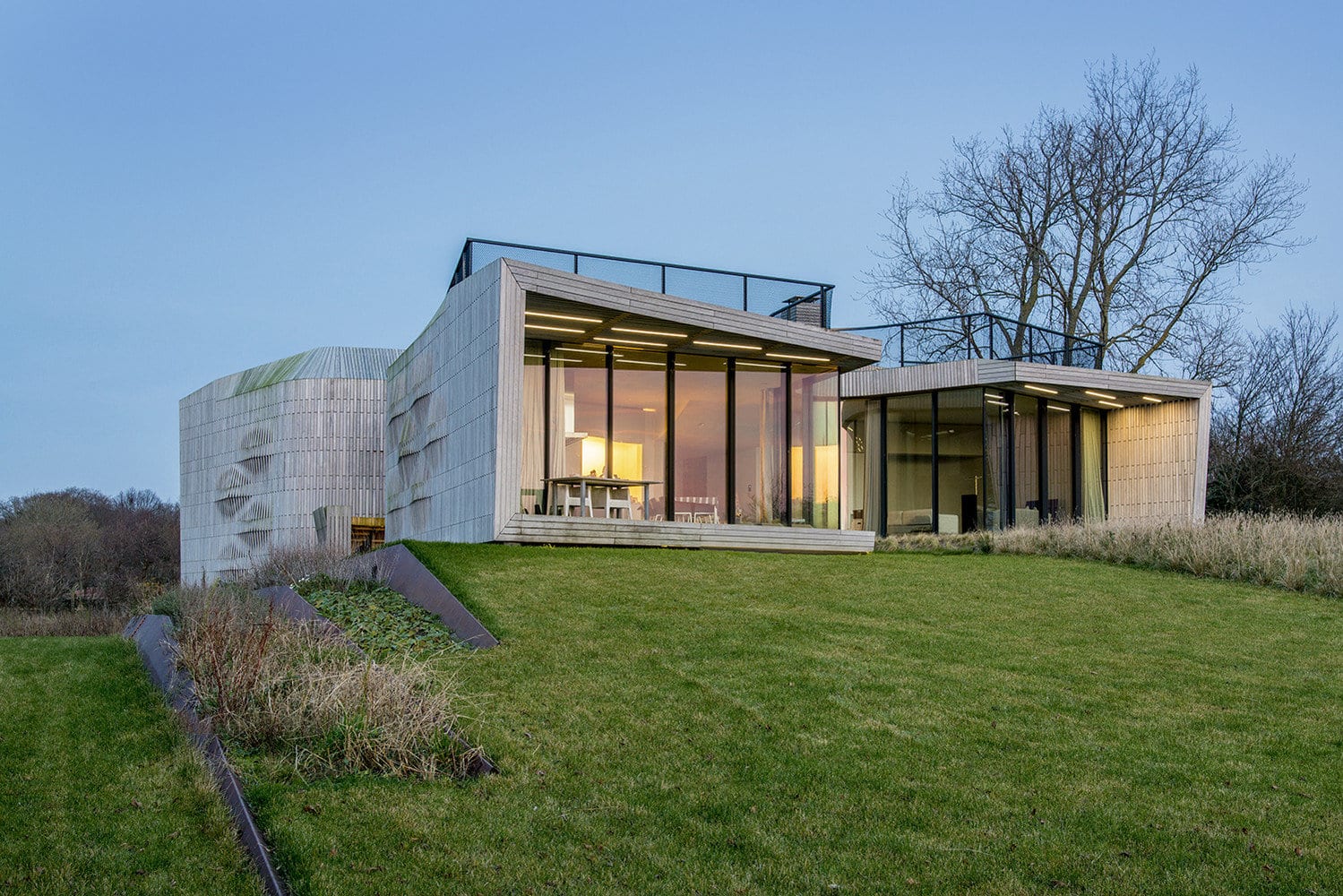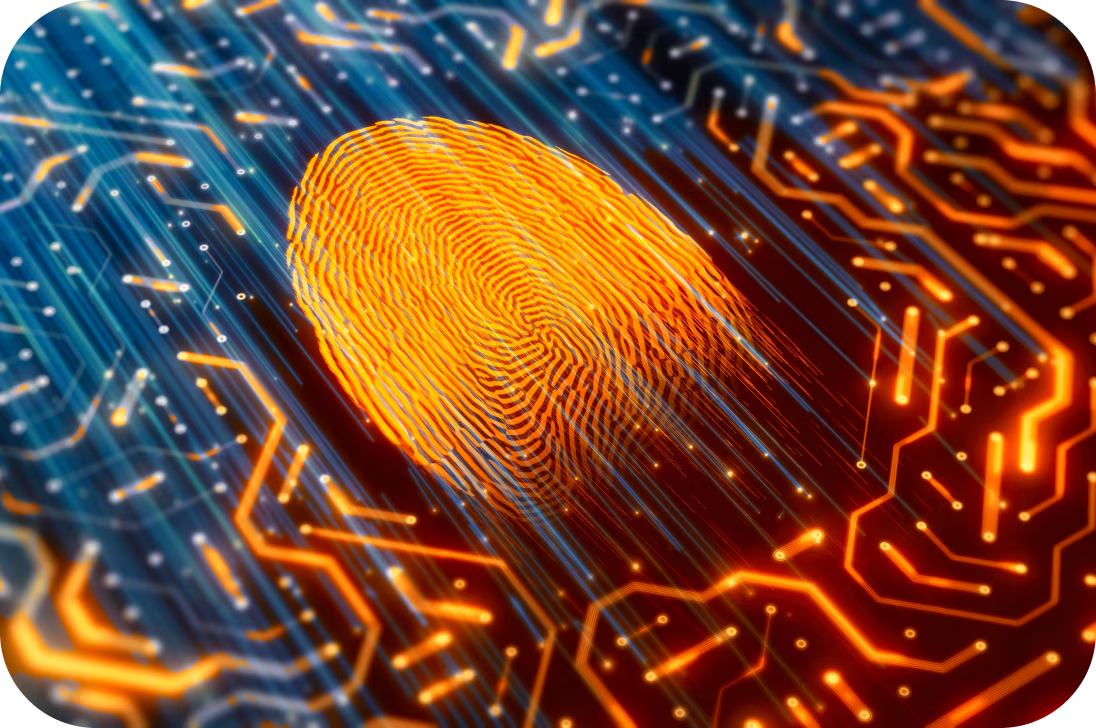In the age of innovation and technology, the rise of smart homes has fundamentally transformed the way we live. These tech-savvy houses, equipped with sensors, automation, and AI, promise convenience, efficiency, and, most of all, sustainability. But while these homes are undeniably “smart,” are they truly sustainable? In this article, we delve into the fine line between smart living and sustainable living, analyzing whether smart homes live up to the eco-friendly hype or simply showcase clever gadgets that do little for the planet.
The Promise of Sustainability in Smart Homes
The concept of sustainability in smart homes revolves around using technology to reduce energy consumption, lower carbon footprints, and enhance resource efficiency. Smart thermostats, energy-efficient lighting, automated heating and cooling, and water-saving devices are often marketed as eco-friendly innovations.
For instance, smart thermostats like Nest or Ecobee can learn your schedule, adjusting heating and cooling based on when you’re home or away, which significantly reduces energy waste. Similarly, LED lighting with smart controls allows for precise use of electricity, minimizing waste while providing maximum illumination.
Yet, while these technologies sound promising, it’s essential to dissect whether they make a real, measurable difference in environmental impact or if they’re just part of a broader marketing strategy.
How Smart Homes Contribute to Sustainability
1. Energy Efficiency
At the heart of any smart home is the goal of maximizing energy efficiency. Energy management systems are designed to reduce the overall energy consumption by managing appliances and systems based on real-time data. For example, when a smart thermostat detects that the house is empty, it adjusts the temperature, which prevents unnecessary heating or cooling.
In fact, smart thermostats can save homeowners up to 15% on energy bills, according to the U.S. Department of Energy. This reduction in energy consumption contributes to lower carbon emissions, which is a core component of sustainability.
2. Optimized Lighting Systems
Another key feature of smart homes is automated lighting. With smart bulbs like Philips Hue or LIFX, you can control the brightness and color of your lighting remotely. The beauty of these systems lies in their ability to detect occupancy and adjust lighting accordingly. No more leaving lights on in empty rooms—smart lighting ensures that energy is used only when and where it’s needed.
Additionally, many smart lighting systems are LED-based, which are significantly more energy-efficient than traditional incandescent bulbs. LED bulbs use less power, last longer, and reduce the frequency of replacements, which cuts down on waste.
3. Smart Water Management
Water conservation is another area where smart homes can make an impact. Smart irrigation systems like Rachio and RainMachine adjust watering schedules based on weather conditions, reducing water waste. These systems can even monitor soil moisture levels, ensuring that plants receive the optimal amount of water.

Additionally, smart water sensors can detect leaks, immediately alerting homeowners to potential issues before they result in major damage or excessive water use.
Are Smart Homes Truly Sustainable or Just Smart?
While there’s no denying that smart technologies bring a level of convenience and energy efficiency to homes, it’s crucial to ask whether the overall environmental impact is as significant as advertised. Do these homes truly help mitigate climate change, or are they merely “smart” in ways that don’t address broader environmental concerns?
Material Sustainability: Tech That’s Not So Green
While smart homes are undeniably energy-efficient in some ways, the tech behind them isn’t always as sustainable as it seems. The production of smart home devices requires raw materials like metals and plastics, which have environmental costs. For example, the mining of metals such as lithium for batteries or rare-earth elements used in electronics can lead to ecological damage, habitat destruction, and significant carbon emissions.
Additionally, the constant technological upgrades of smart devices—such as the introduction of new smart thermostats, cameras, or lighting systems—encourages a cycle of electronic waste. Old devices are often discarded prematurely, adding to landfills and causing a strain on recycling processes.
Energy-Intensive Manufacturing and Use
The manufacturing of smart home technology is another area of concern. The process of building the hardware and software requires substantial energy input, which may offset the savings on energy bills achieved by these devices.
Moreover, while these systems are designed to be energy-efficient, the network infrastructure that supports them (cloud computing, data centers, etc.) consumes an immense amount of energy. According to the International Energy Agency (IEA), data centers alone account for about 1% of global electricity demand.
This means that while your smart home might be saving energy by adjusting your thermostat or turning off lights when you’re not around, the broader network that makes it possible could be consuming a large portion of that savings.
The Carbon Footprint of Smart Devices
When we think of sustainability, we typically focus on reducing emissions and energy consumption. However, the carbon footprint of producing, shipping, and disposing of electronic devices is significant. Research suggests that the carbon footprint of a smartphone, for instance, is more than 50 kg CO2-equivalent over its lifecycle. Multiply this by the number of devices in a smart home, and the cumulative environmental cost becomes substantial.
To make matters more complex, many smart home devices rely on cloud computing, which requires large data centers. These centers, although increasingly powered by renewable energy, still contribute significantly to carbon emissions.
Eco-Friendly Alternatives to Smart Homes

For those looking to make their homes more sustainable without falling into the trap of over-consumption, there are a few alternatives. These strategies focus on reducing the need for constant upgrades and minimizing resource usage.
1. Passive Design Principles
One of the most sustainable approaches is the use of passive home design techniques. This involves maximizing natural heating, cooling, and lighting through the building’s orientation, insulation, and window placement. By focusing on these principles, homes can be energy-efficient without relying heavily on electronic devices.
2. Renewable Energy Integration
Another crucial element in creating a sustainable home is integrating renewable energy sources. Solar panels, wind turbines, and geothermal heating can drastically reduce a home’s dependence on non-renewable energy sources. When combined with smart home technologies, these systems can significantly reduce a home’s carbon footprint while still providing convenience and control.
The Future of Sustainable Smart Homes
The good news is that the smart home industry is evolving rapidly, and sustainability is becoming a key focus. Companies are increasingly focusing on developing devices that use recycled materials, have longer lifespans, and are more energy-efficient in production and use.
Moreover, as renewable energy becomes more widespread, we can expect to see more homes integrating solar-powered smart systems that help reduce reliance on fossil fuels.
The future of smart homes lies in their ability to be both intelligent and genuinely sustainable. Manufacturers are investing in technologies that reduce environmental impact, like AI-driven energy management systems that predict usage patterns and optimize energy consumption more effectively.
Conclusion: Smart Homes—A Step Toward Sustainability?
The verdict on smart homes and sustainability isn’t entirely black and white. While these homes can undoubtedly help reduce energy consumption and offer convenience, they come with a set of challenges, particularly regarding production, e-waste, and the energy consumption of the infrastructure that supports them.
To maximize the sustainability of your smart home, it’s crucial to combine smart technology with responsible consumption—prioritizing energy-efficient devices, reducing electronic waste, and considering how the devices are manufactured. Additionally, integrating renewable energy sources and passive design principles can help balance the “smart” with the “sustainable.”
Ultimately, the future of smart homes hinges on innovation. As technology continues to evolve, there’s hope that smarter homes can become genuinely sustainable homes—homes that not only reduce energy waste but also support a greener, cleaner future for the planet.


















































Discussion about this post